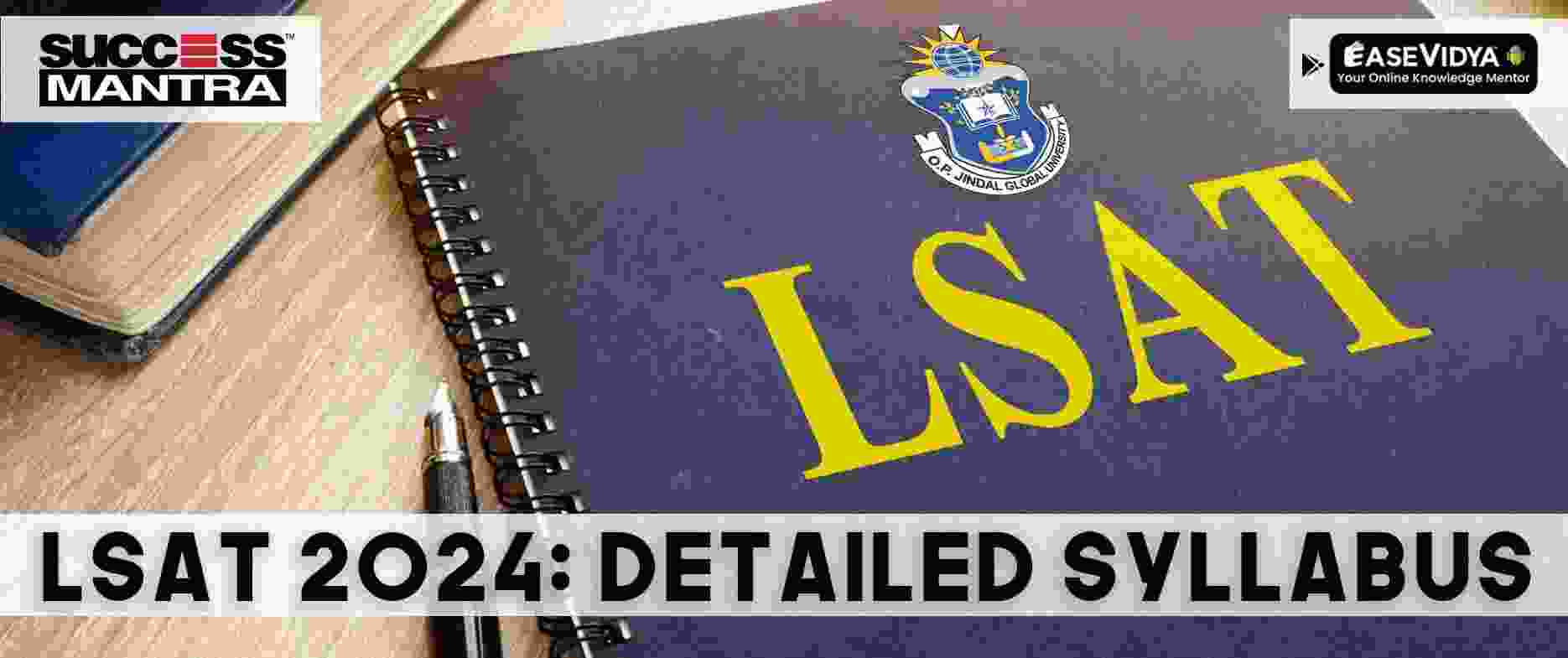
LSAT detailed Syllabus
LSAT – India: Overview
The LSAT India examination is a standardized test designed to evaluate the proficiency of law aspirants on the basis of advanced reading, critical thinking, and informal as well as deductive reasoning skills. Administered by the Law School Admission Council, commonly known as LSAC Global, this test serves as a criterion for admission to both undergraduate and postgraduate law programs offered by affiliated law colleges. LSAC, a non-profit organization, plays a pivotal role in assisting aspiring law students in gaining admission to esteemed private law colleges, relying on their performance in the LSAT entrance exam. The exam is accepted by more than 50 law colleges in India for admission to five-year Integrated LLB courses, three-year LLB course, and LLM course.
LSAT 2024 Exam Pattern
The LSAT India Exam 2024 consists of passages followed by objective-type questions based on the passage. The table given below gives an overview of the exam pattern.
|
Particulars |
Description |
|
Mode of LSAT- India exam |
Remote proctored mode: a method of monitoring online exams in real-time to prevent cheating and ensure the integrity of the exam. |
|
Medium of examination |
English |
|
Duration of LSAT- India exam |
2 hours and 20 minutes (35 minutes for each section) |
|
Total number of questions |
92 questions (approx.) |
|
Sections |
Four sections namely:
|
|
Time per section |
35 Minutes |
|
Type of Questions |
MCQ |
|
Negative Marking |
No Negative Marking |
|
Number of Marks |
Candidates would be marked on a score band between 420 and 480, and be awarded with a percentile rank. |
LSAT- India Syllabus 2024
The syllabus of LSAT- India 2024 consists of four sections each having a time duration of 35 minutes namely Analytical Reasoning, Logical Reasoning (1), Logical Reasoning (2), and Reading Comprehension. There are approximately 92 questions divided across the four sections
LSAT Syllabus Overview:
|
Section Type |
Number of questions
|
Duration
|
|
Analytical Reasoning |
23 |
35 minutes |
|
Logical Reasoning (1) |
22 |
35 minutes |
|
Logical Reasoning (2) |
23 |
35 minutes |
|
Reading Comprehension |
24 |
35 minutes |
|
Total |
92 |
2 hours and 20 minutes Total |
Detailed Syllabus Section wise:
|
Section
|
Topics
|
|
Analytical Reasoning |
·
|
|
Logical Reasoning |
|
|
Reading Comprehension |
|













https://lvivforum.pp.ua
My famly every tkme say that I am killing my time here at web, except I know I am getting familiaritty all the time byy reading such fastidious content. https://lvivforum.pp.ua